It doesn’t seem so difficult to figure out. President Trump threatens tariffs and suddenly Mexico agrees to help stop the …


It doesn’t seem so difficult to figure out. President Trump threatens tariffs and suddenly Mexico agrees to help stop the …
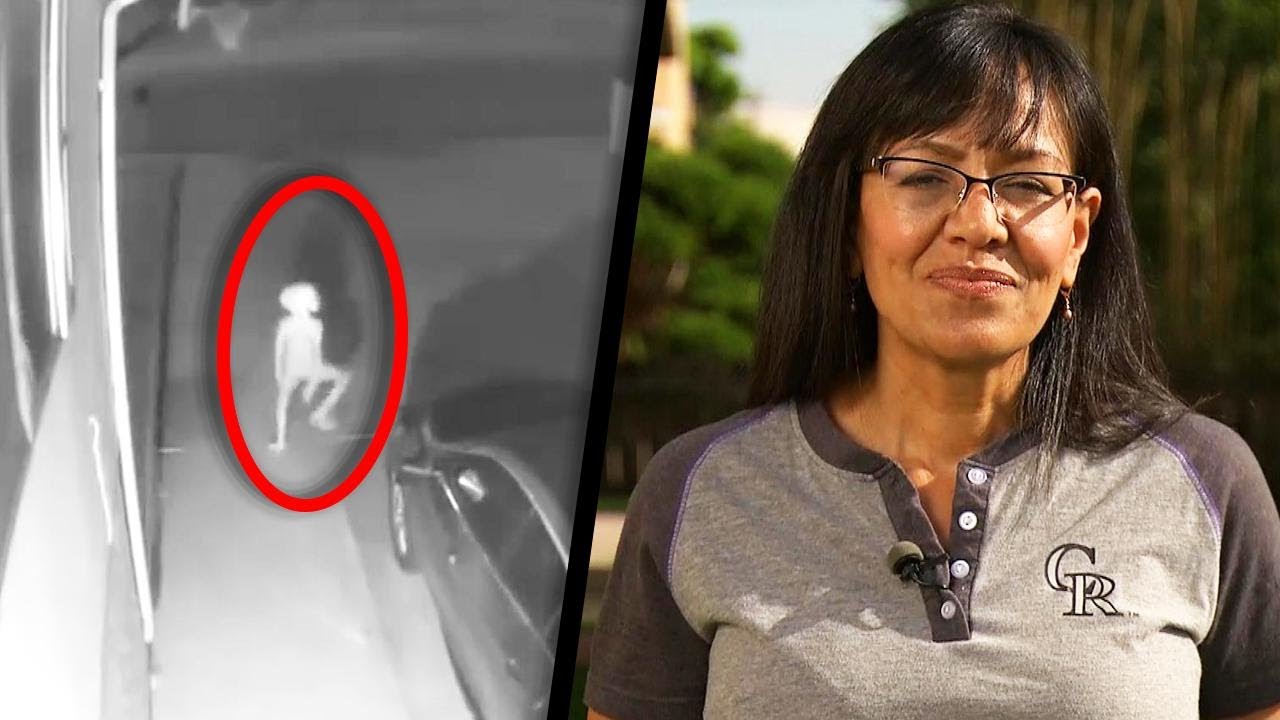
Judge for yourself. Does this Colorado woman’s security camera footage show an alien dancing in her driveway? The video has …

Defense Department officials say they may have unlocked a diet secret that could turn American servicemembers into supersoldiers, capable of …

Environmentalist claims that beef and dairy cattle are causing the planet to overheat, which are part of a larger U.N.-led …
One of the 12 people tragically killed in a mass shooting at a Virginia Beach, Virginia government center feared the …
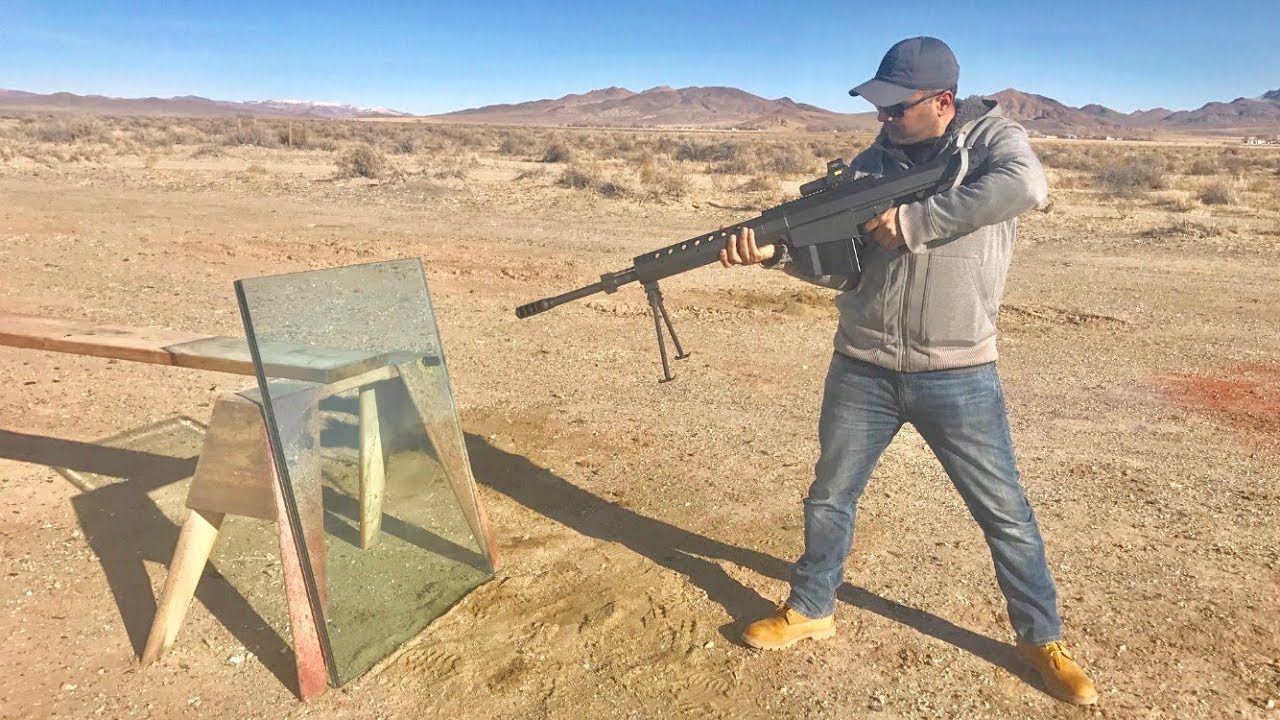
Did you ever wonder exactly how bulletproof, bulletproof glass really is? Wonder no more as you watch 1 1/2″ …

A New York state homeowner has been arrested and jailed on felony charges after he shot and killed two burglars …
Ever wonder how jungle inhabitants kill those massive pigs that could slice them to ribbons in seconds? Well, it’s because …

Coffee is an important survival item! Well, for some it is, for others, maybe not. But even without electricity, we …
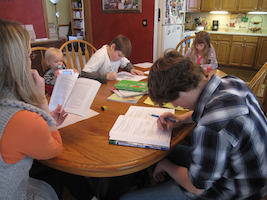
This is my 100th article at FEE.org, so here are 100 reasons to homeschool your kids! Homeschoolers perform well academically. …

While it may well be that veganism is “no longer relegated to the fringes of society where for so long …

YouTube’s #1 firearms star Hickock45 takes a few minutes here to demonstrate the legendary M-16, before attaching a suppressor. Not …

Rocky Mountain spotted fever (RMSF) is a bacterial disease spread through the bite of an infected tick. Most people who get …
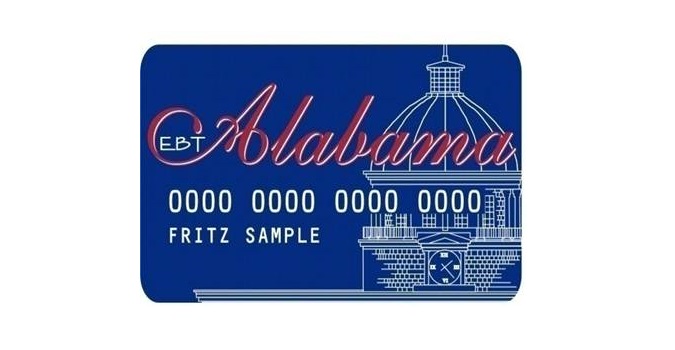
Participation in the food stamp program plunged by 85 percent in 13 counties in Alabama after officials required that recipients …
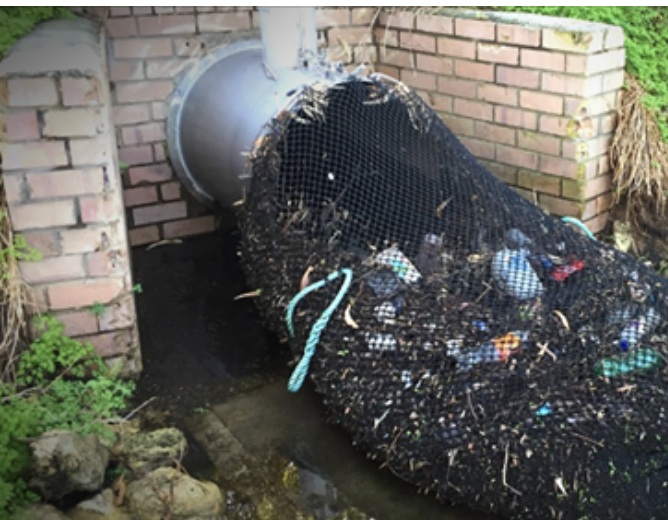
The City of Kwinana, south of Perth, has generated international interest for its drain socks. In March 2018, nets were …
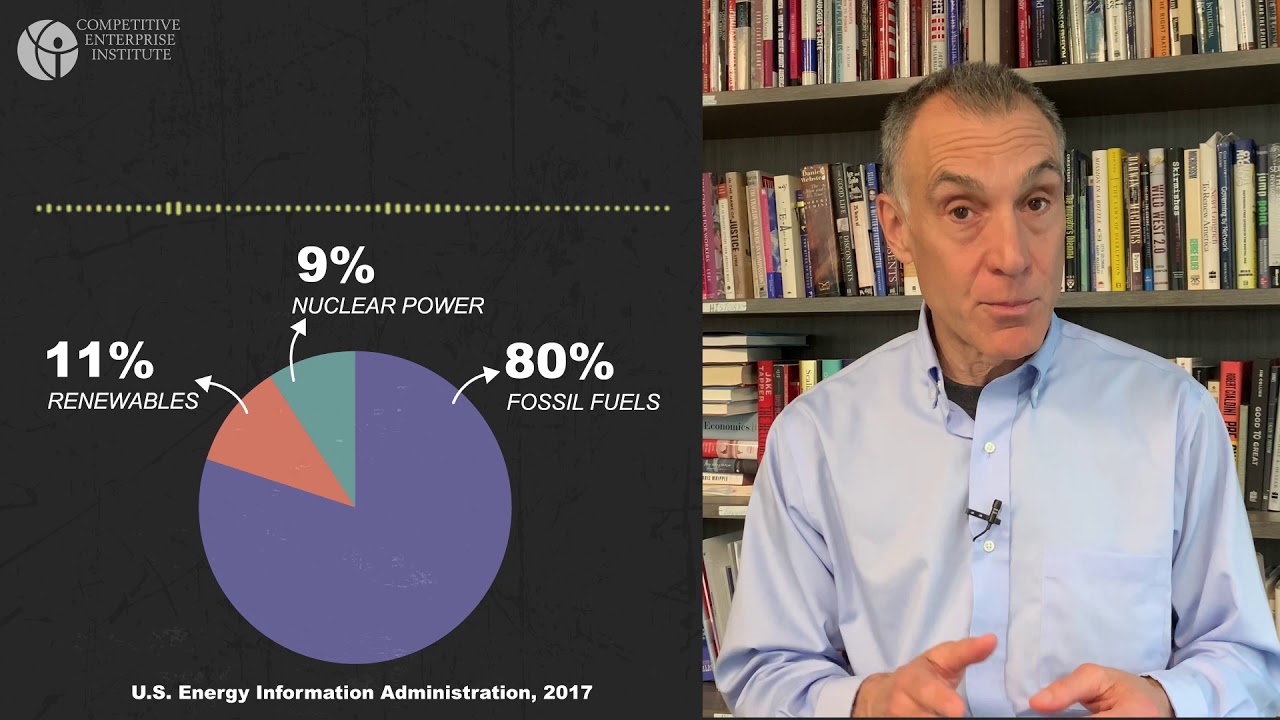
The Competitive Enterprise Institute (CEI) today launched a new video, “The Carbon Tax Scheme, Explained,” outlining various ways increased costs generated …

It has long been my contention that the lie-laced, entitlement-based, infantile grievance protests of college students is part of a …

We defenders of the Second Amendment are no stranger to disinformation and ignorance by the Left when it comes to …

Texas Governor Greg Abbott just signed legislation allowing the harvesting of feral pigs without a hunting license. Feral pigs are …

You’ve just been shot. What do you do now? If you think you do, you may be wrong. In this …

Camping World CEO Marcus Lemonis says he’ll pay the fine and even go to jail to keep the 40′ x …

Visited the grave of my friend’s father and witnessed a remarkable ceremony. The letters on the white crosses almost disappear …
A Tampa mother held a home intruder at gunpoint as she frantically called 911 for a half-hour until police finally …
At 97 years old, Tom Rice parachuted into Normandy, France, 75 years after he did it the first time as …

Take a look at these massive wild animals as they take a run at some humans who decide to invade …

At 6:30 a.m., many people are brewing their morning coffee and getting ready for the day ahead. At 6:30 a.m. …

A distressed hiker got taken on the ride of her life when the rescue basket she was being transported in …

If your space is limited and you’re looking for ways to increase the amount you can grow, then vertical gardening …

Police officers are some of the best-trained and self-sacrificing public servants. But they’re also human. They can’t be everywhere, all …
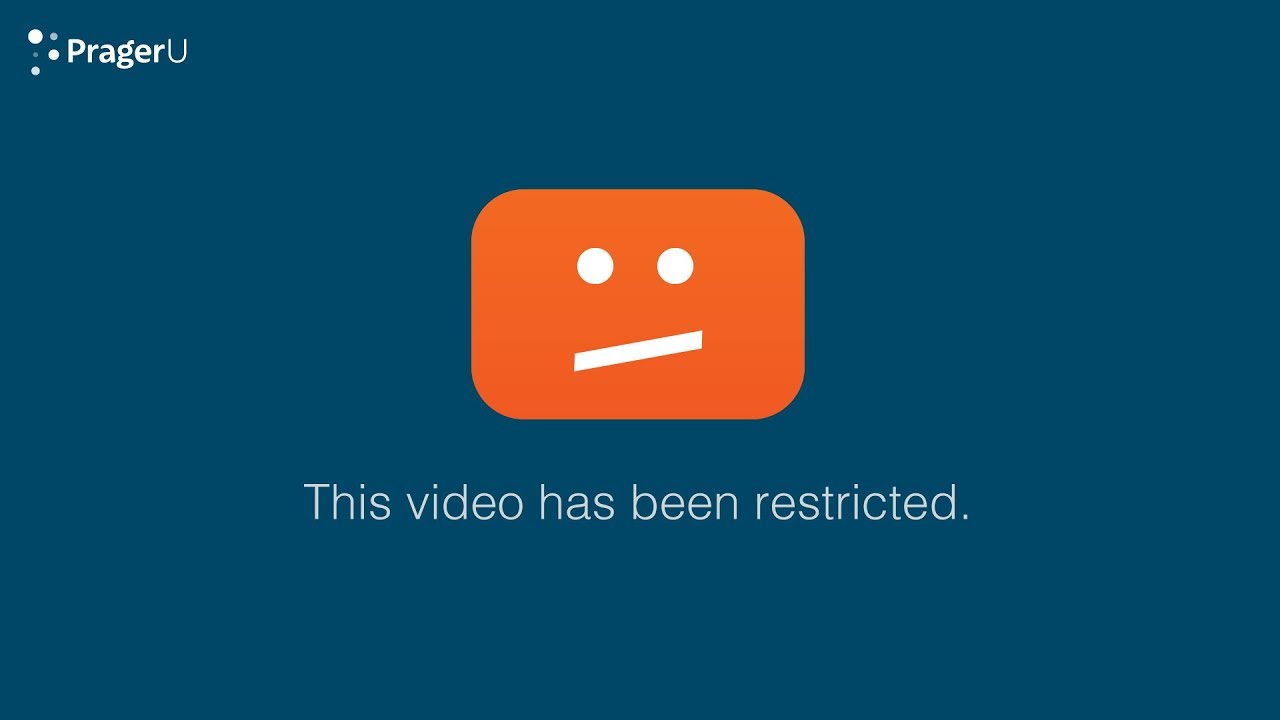
George Orwell’s fictionalized world where Big Brother reigns supreme is no longer a figment of the imagination, but a prophetic …